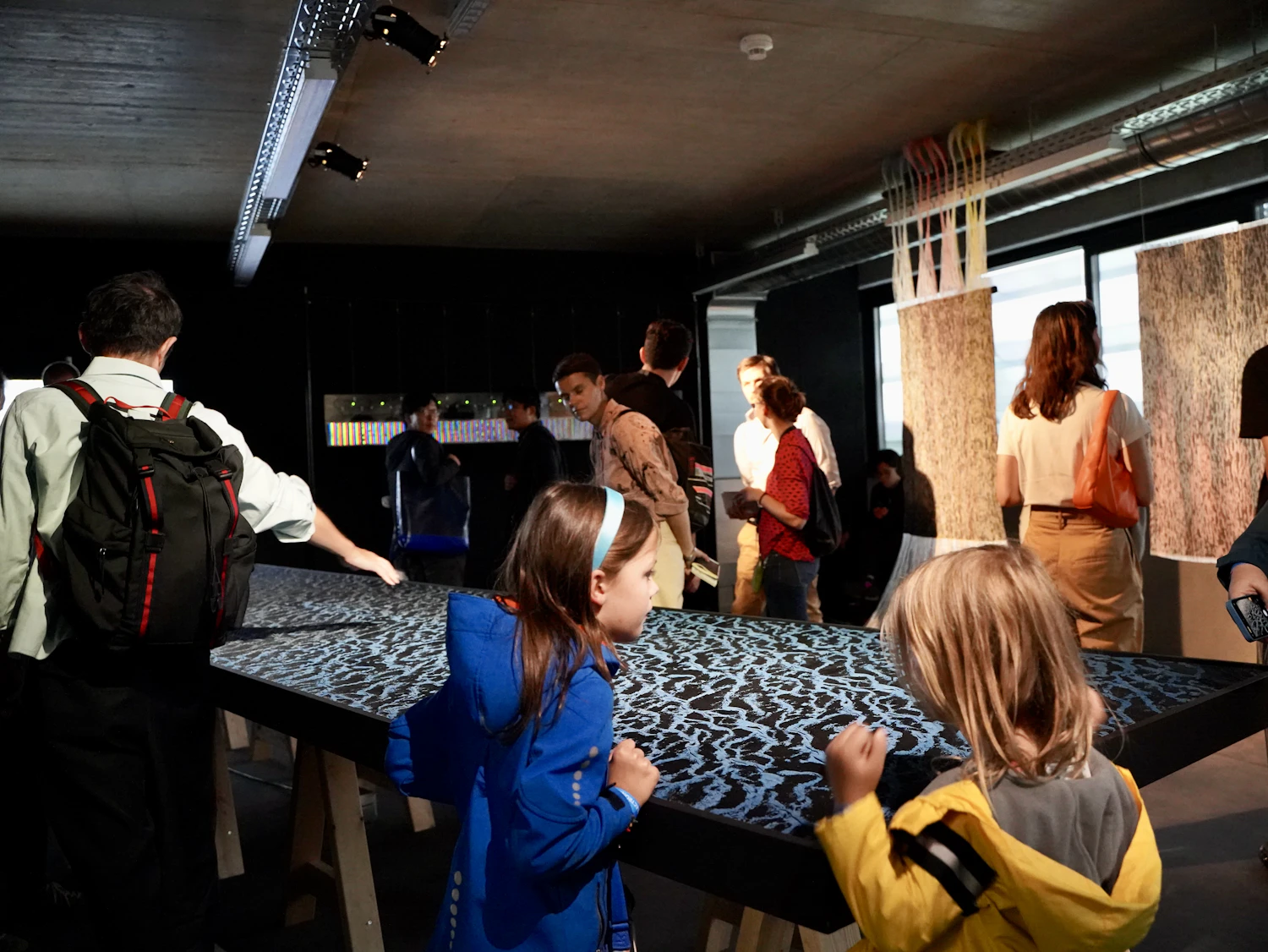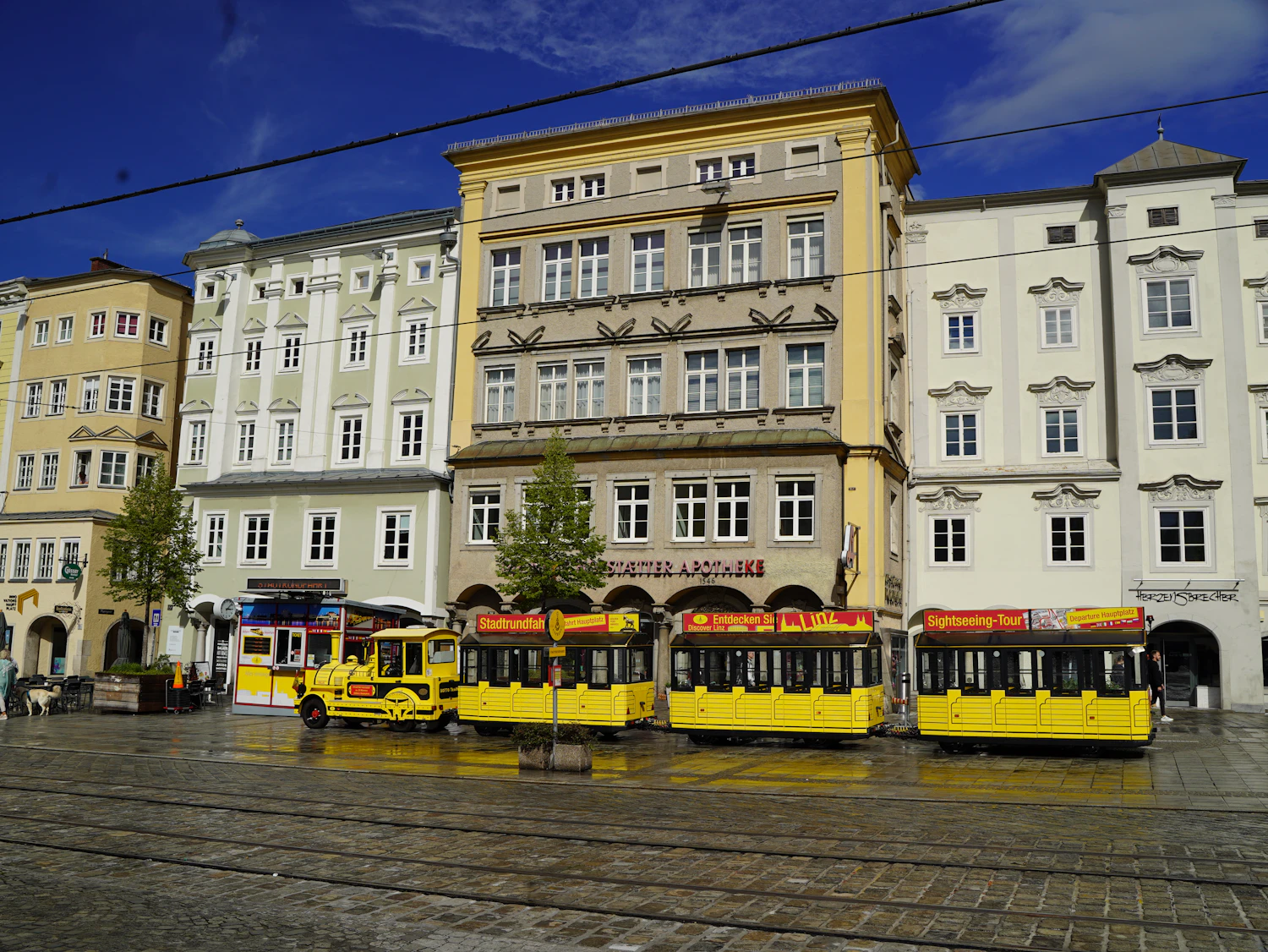01.09FRI
What Impression did 'Ambient Weaving' Leave on the Visitors? A Report from Ars Electronica 2022

At Ars Electronica 2022, one of the world's largest events in the field of art, cutting-edge technology, and culture, 'Ambient Weaving' jointly developed by ZOZO NEXT Inc., the Yasuaki Kakehi Laboratory at UTokyo, and Hosoo Co., Ltd., was awarded the Honorary Mention in the STARTS (Innovation at the Nexus of Science, Technology, and the ARTS) category.
How was 'Ambient Weaving' exhibited at Ars Electronica 2022, held from September 7 to 11 in Linz, Austria's third-largest city after Vienna and Graz, and how was it evaluated by the visitors? Here's a report.
Located about 150km west of Vienna along the Danube River, Linz is a city of about 200,000 people. The city is dedicated to promoting contemporary art and was designated as a European Capital of Culture in 2009 and a UNESCO City of Creativity in 2014.

A large-scale event held for the first time in three years, attracting many visitors from Japan
The Ars Electronica, which started in 1979 as part of the International Bruckner Festival, began to be held as an independent event from 1986. The scale expanded in 1996 when the Ars Electronica Center, which functions as a museum and an art museum, and the Ars Electronica Future Lab, a research institute, were established. Due to the impact of the COVID-19 pandemic, the event has been held mainly online for the past two years, but this year it returned to a large-scale on-site event for the first time in three years.This article is for members only.
Please register to read the rest of the article.
What you can do with a membership
- Read members-only articles
and use text-to-speech. - Unlimited article favourites
and browsing history. - Attend members-only events.
- Get the latest information
with our email newsletter.
CONCEPT VIDEO
"fashion tech news" Unveils New Logo & Concept Video
TOP ARTICLES
RELATED ARTICLES
CONCEPT VIDEO
"fashion tech news" Unveils New Logo & Concept Video
CONTACT
If you have any questions or enquiries, please enter your details in the form below.







.jpg?w=400&fm=webp)








.JPG?w=400&fm=webp)

.png?w=400&fm=webp)
